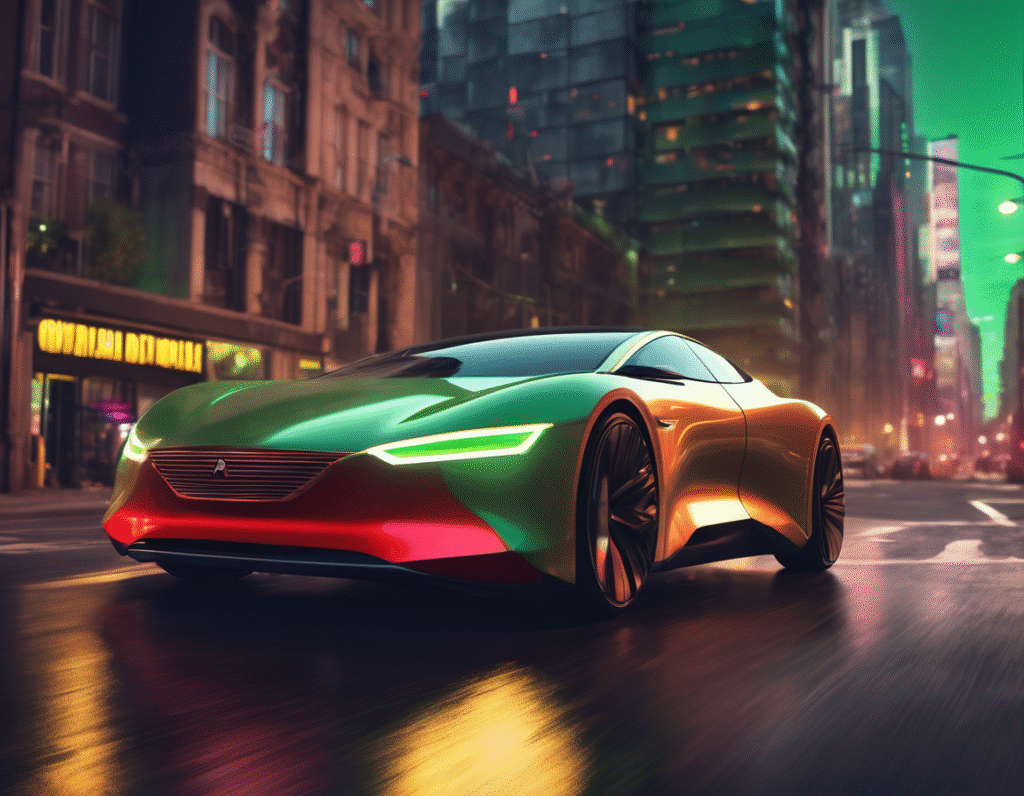Tesla Accelerates Towards Autonomy as Profits Take a Backseat Tesla has announced a quarter of contrasting results, hitting new highs in vehicle deliveries and revenue while seeing a significant drop in net income. The electric vehicle giant delivered a record 497,099 vehicles globally in the third quarter of 2025. This sales volume propelled the company to a record-breaking revenue of 28.1 billion dollars, a 12 percent increase compared to the same period in 2024. Despite these strong top-line figures, Tesla’s net income fell by 37 percent year-over-year. The company attributed the profit slide to several factors, including lower EV prices and a substantial increase in spending on artificial intelligence and other research and development projects. Another major factor was tariffs. Tesla’s finance chief, Vaibhav Taneja, stated that tariffs on imported car parts and raw materials cost the company more than 400 million dollars in the quarter alone. Taneja added that he expects research and development spending to continue growing. A significant portion of that R&D is focused on autonomous driving. During the company’s earnings call, CEO Elon Musk made a bold prediction, stating he expects Tesla to deploy its first robotaxis with no safety drivers behind the wheel by the end of this year. The initial deployment is planned for some parts of Austin, Texas. Tesla first launched public robotaxi rides in Austin back in June, but the service has not been without issues. There have been multiple reports of the vehicles encountering problems, including one incident where a Tesla robotaxi drove into a parked car. Musk acknowledged that Tesla is being very cautious with the deployment. However, he also outlined an ambitious expansion plan, expecting the company to be operating fully driverless vehicles in eight to ten new states before the end of 2025. In a related hardware announcement, Musk revealed that Tesla’s next-generation, homegrown AI5 artificial intelligence chip will be manufactured by both Samsung in Texas and TSMC in Arizona. The company plans to produce more of these chips than it needs for its electric vehicles and upcoming Optimus robots. The excess units are intended for use in Tesla’s own data centers. Musk clarified that this does not mean Tesla will stop using chips from NVIDIA, but rather that it will use its AI5 chips in combination with NVIDIA’s hardware. This move signals Tesla’s deepening commitment to developing its own proprietary technology for its full self-driving and AI ambitions.


